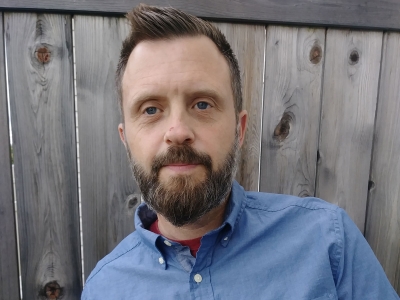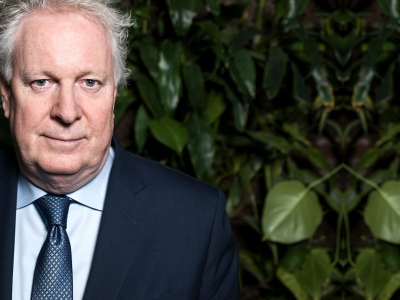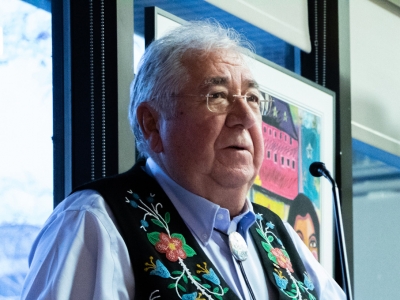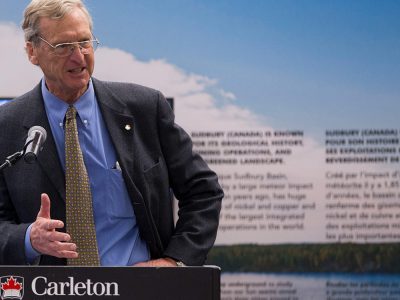By Dan Rubinstein
Photos by Justin Tang
Twenty years ago, on his first expedition to Siberia, Carleton University geologist Richard Ernst learned a word that Russians use regularly, regardless of what’s happening: normal-na. Translation: it’s OK, don’t worry, relax, everything is fine.
Ernst, a Scientist-in-Residence in Carleton’s Department of Earth Sciences, heard the word when his Russian colleagues started cooking fish soup over a campfire beside the airstrip in a small town near the Arctic Ocean, where the five men were waiting for a lift to their field site. A helicopter arrived and they had to pack up and hop in quickly. Normal-na.
He heard it again the next day when he was in a one-person rubber zodiac, floating down a wild river to look for places to collect rock samples. The current was mostly calm but Ernst, a rookie boater, could hear roaring rapids somewhere up ahead. Normal-na, normal-na.
Then his zodiac got caught on a boulder. Normal-na, normal-na.
Nobody’s radio worked during the trip, Ernst snacked on cloudberries as his colleagues hunted duck and netted fish for dinner, he listened to wolves howling at night and, after travelling downstream for a few weeks, the group ended up in a village of Indigenous reindeer herders, where they managed to arrange for a flight home.
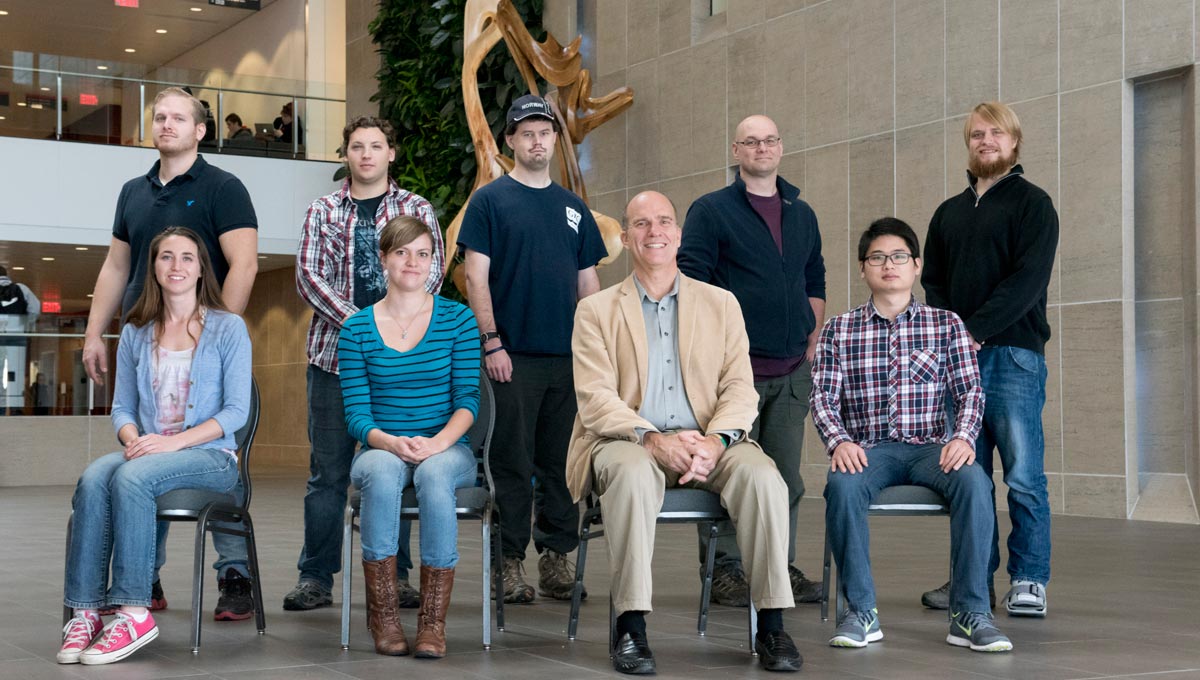
That type of field work may be normal-na in Siberia, but there’s nothing ordinary about Ernst’s research into Large Igneous Provinces (LIPs) — ancient volcanic events powerful enough to break apart continents, transform the planet’s climate and cause mass extinctions that can kill 90 percent of all species.
LIPs occur on average every 20 to 30 million years, in short spans of geological time. They can discharge enough magma (liquid rock) from the Earth’s mantle (more than 100,000 cubic kilometres) to cover an area the size of Canada to a depth of hundreds of metres — and even up to eight kilometres.
These massive events are caused by a plume of melted material rising from the deep mantle —roughly 3,000 kilometres down — and typically arriving beneath the centre of a tectonic plate, and thus being distinct from the magmatism associated with tectonic plate boundaries.
The volume of greenhouse gasses released by LIP magmas can spark global warming, but then weathering of basalt LIP rocks can absorb carbon dioxide and cool the Earth, in some cases leading to an ice age.
By analyzing the chemistry and paleo-magnetism of the basaltic magma found at his field sites, extracted with sledgehammers and drills from “veins” a few dozen metres wide, Ernst can puzzle together what continents looked like millions of years ago. (Tiny grains of the mineral magnetite crystalize in the rock as the magma cools, oriented toward magnetic north. As continents move, rocks change position, but magnetism — the orientation, as well as the vertical dip — can reveal the original location of the continent).
LIP rock samples of the same age and composition can indicate which parts of the world used to be adjacent to one another. This has major implications for mining and hydrocarbon exploration. A promising nickel and copper ore deposit in one location can send resource companies looking at a formerly attached continent for a continuation of those ores.
“The prize is trying to figure out the timing and patterns of continental breakup,” says Ernst, who was drawn to geology by his love for the outdoors and the thrill of discovery. “Today, when we develop major ore deposits, we don’t know what they were right beside millions or billions of years ago when they formed.”
In addition to mineral exploration, plate tectonics and supercontinent reconstruction, studying LIPs helps with paleo-geography: knowing where mountains and valleys used to be can inform climate modelling.
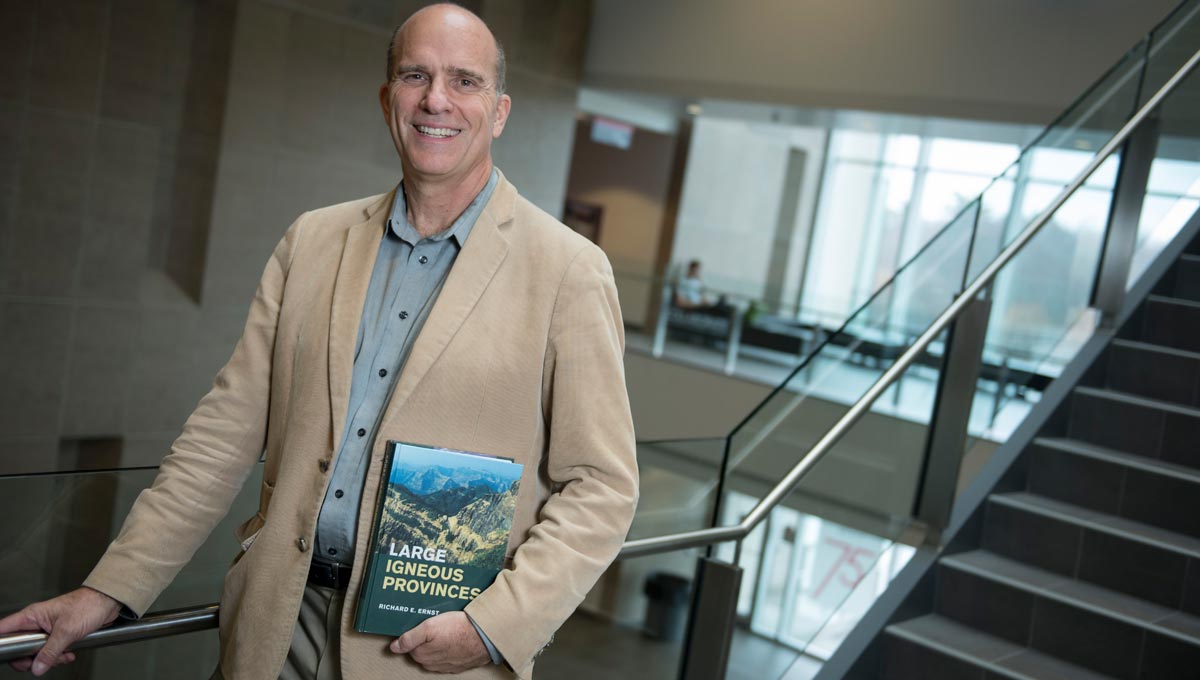
Born and raised in the United States, Ernst went on rock-hounding trips with his parents as a child, looking for geodes and fossils in road cuts, and couldn’t imagine a career that would keep him indoors. He did his undergraduate degree at Wesleyan University in Connecticut, where “swashbuckling” Indiana Jones-style geology Prof. Jelle de Boer enthralled him with stories of expeditions to exotic places like Indonesia and Costa Rica.
“It seemed so exciting,” says Ernst, who came to Canada for his master’s and did the fieldwork that led to his thesis on the “plumbing system” of a LIP that stretched from Timmins to Wawa, Ont., an event that had not been studied previously.
He spent a summer driving around Northern Ontario, collecting samples from the veins of black basalt “dykes” cutting across granite outcrops. This rock originated as liquid magma in the Earth’s mantle. The veins visible as stripes on the surface — hardened magma that emerged through cracks in the crust — are known as dyke swarms, and they are evidence of LIPs.
“That was a formative experience,” says Ernst, “having a chance to do fieldwork in a remote location.”
Ernst earned a PhD at Carleton in 1989, focusing on the 700-kilometre-long, billion-year-old Great Abitibi Dyke, which spans parts of Ontario and Quebec and is the plumbing system of a major LIP.
After working as a consultant for the Geological Survey of Canada and other organizations, he came back to Carleton in 2003 as an adjunct professor. His current Scientist-in-Residence position is funded with $1.5 million contributed by an international consortium of six companies (Shell, Vale, AngloAmerican, Gold Fields, MMG and Archon Minerals each provided $250,000) and nearly $700,000 in matching funds from Natural Sciences and Engineering Research Council.
In addition to Siberia, Ernst has done fieldwork in several countries in southern Africa, and amid landmines and deadly poisonous snakes in the Sahara, and also has a planetary geology mapping program (on Venus).
In 2014, Cambridge University Press published his book Large Igneous Province, a definitive one-stop resource for researchers, grad students, mining industry professionals and anybody interested in tectonics, geochemistry, Earth history and planetary geology.

The fieldwork, book, Scientist-in-Residence post and his role as the head of the international Large Igneous Provinces Commission have helped Ernst develop Carleton into a global leader in LIP research. “The most comprehensive and interesting work in the world,” he says, “is going on right here.”
And though Ernst collaborates with colleagues around the globe, and attends conferences and delivers courses in far-flung countries, he is focused on the students he supervises in Ottawa.
“I’m so proud when I watch these students dive into something they’re not familiar with and then gradually come to own it and discover something new,” he says. “I love it when students learn more about something than I know and start to teach me. They’re becoming great scientists and taking on the biggest projects in the world.”
Like Ernst, Sarah Davey developed an interest in geology as a child. On family camping trips, she would pick up rocks and ask her engineer father what they were — and he would always answer: “quartz.”
To learn what these rocks actually were, she did an undergraduate degree in geology at the University of Ottawa, then a master’s degree with Ernst at Carleton, researching “graben-fissure systems” on Venus, the surface expression of underlying magmatic activity.
Now she is in the second year of her PhD, following in the footsteps of her supervisor, Ernst, by spending a month and a half doing fieldwork in northern Finland this past summer, collecting 565 kilograms of rock samples from several LIPs that may be connected to the Superior Craton in Manitoba, Ontario and Quebec.
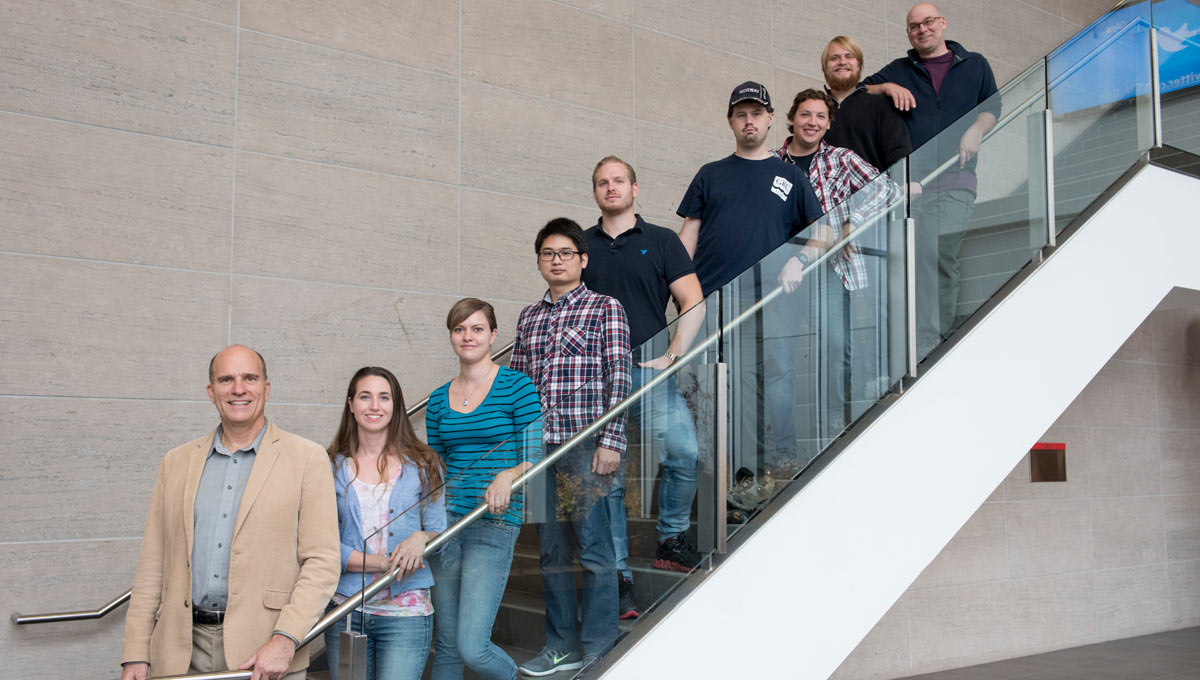
Richard Ernst and his graduate students (left to right up the stairs): Sarah Davey, Erin Bethell, Ying Xia, Dusty Liikane, Cole Kingsbury, Jamie Graff, Nico Kastek and Chris Rogers. Not present are Jennifer Blanchard and two professors with whom Ernst is collaborating on LIPs (Brian Cousens) and planetary geology (Claire Samson).
“Whatever information I gather will go toward a greater understanding of these really big volcanic events that led to the breakup of some the planet’s ancient landmasses,” says Davey, who was introduced to LIPs when Ernst taught a semester-long special topics course at the University of Ottawa, and was struck by his contagious enthusiasm.
“I want to focus on the details of my work, but it’s hard not to daydream and think about all of the things this research relates to.”
Chris Rogers, a fourth-year PhD student with Ernst, has done a pair of six-week field expeditions to a LIP that was thought to stretch from around Kimberley, B.C., southeast through Montana into Wyoming. He has discovered that instead of a single LIP there are multiple LIPs within the same area.
Rocks throughout this region have a magnetism that is similar to rocks found in Australia that are from the same geological time. This could be a coincidence, or the result of a singular plume of magma that split, or multiple plumes that came to the surface of the planet at the same time.
If this similarity is the result of a single plume, mineral exploration could develop in Montana and Wyoming, spurred by the active and profitable mining industry around Kimberley.
“I’m a big fan of puzzles,” says Rogers, “and most of Richard’s work is like putting together a big puzzle, only you don’t have a picture to look at for reference. You’ve just got to figure it out.
“The great outdoors pulled me into geology,” adds Rogers, sharing Ernst’s and Davey’s motivation. “I don’t like sitting at a desk. Essentially, I get paid to go hiking and look at rocks.”
When he finishes his PhD, Rogers wants to remain in academia, both to teach and do research. He’d like to stay at Carleton, but Ernst has collaborators he could work with throughout the world.
There’s a LIP in Australia, for example, that may be connected to the LIP that Rogers is studying in western North America, and the Australian site is home to economically viable ore deposits. “I think that I’d rather go there,” says Rogers, “than to Siberia.”
Thursday, November 26, 2015 in Faculty of Science, Research
Share: Twitter, Facebook
